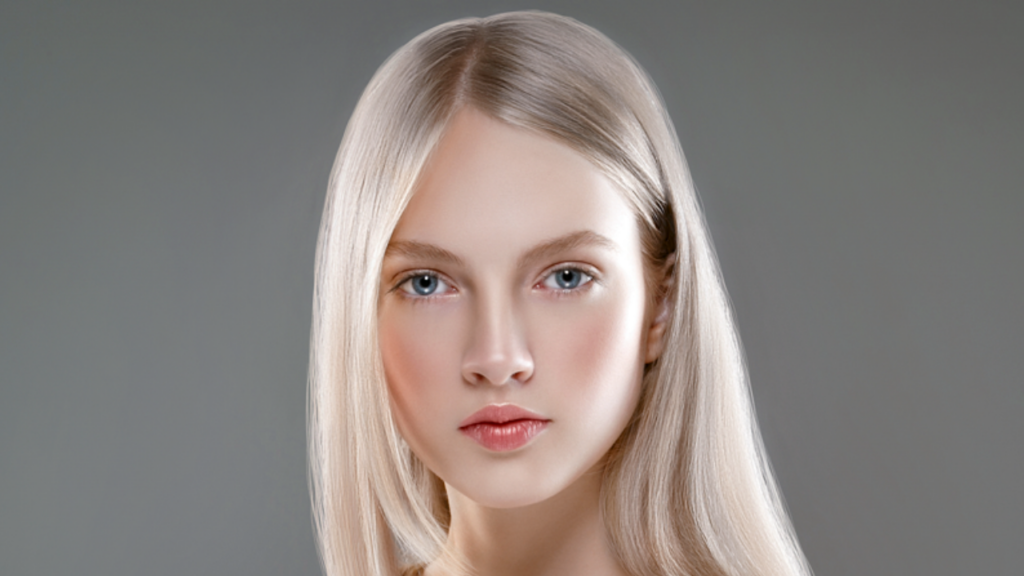
Dermal fillers may not be a replacement for facelifts, but many people are finding them to be an attractive option to dealing with early aging changes without the expense or “downtime” of surgery. In fact, dermal fillers are the second most common non-surgical procedure (over 2.4 million performed in 2016).
Most of the dermal fillers are mixed with local anesthetic which helps to reduce discomfort of the injection. Ice and topical anesthetic creams can further lessen the mild discomfort associated with injections, which are commonly done as office procedures in less than an hour.
As we age, the natural volume of a youthful face diminishes. Ultraviolet rays from the sun and other environmental exposure factors can cause collagen in our skin to break down. This results in wrinkles and folds developing in our skin and the reduced volume results in drooping and sagging of facial tissues.
Temporary Fillers
Most of the temporary dermal fillers are composed of hyaluronic acid, a sugar (polysaccharide) which is one of the natural components of the dermal or support layer of our skin. The hyaluronic acid attracts water and helps to plump up areas and decrease facial wrinkling and lines. These fillers are commonly used to treat smile lines, prominent nasolabial folds, drooping corners of the mouth, and help add volume to lips. The results usually last 6 months to one year or longer.
Semi-Permanent Fillers
Semi-permanent fillers stimulate collagen. They are used to add volume to the face when fatty tissue (adipose tissue) and bone structure are lost with aging, disease, or injury. Some semi-permanent fillers contain micro-particles of poly–L–lactic acid which stimulates a buildup of collagen in the dermis to thicken skin and add volume to the face. Usually 3-5 injections spaced at 4-12 week intervals are required to obtain the best results. Affects usually last 2 years or longer.
Other semi-permanent fillers are made from a mineral (calcium hydroxylate) which is similar to the mineral that makeup our bones. The calcium hydroxyapatite is mixed with a gel which helps to plump up tissues and reduce wrinkling. As the gel is absorbed by our body, the calcium crystals are left behind and stimulate collagen to fill the spaces between the particles. This filler was used to augment the cheek (malar) area and to treat deep nasolabial folds. Results tend to last one year or longer.
Permanent Fillers
Permanent fillers are composed of poly–methyl methacrylate micro-beads which are suspended in bovine collagen. The micro-beads act as a foreign body and stimulate collagen to form around the microscopic particles so that as the bovine collagen is absorbed by the body, the spaces are placed in part by our body’s own collagen. The drawback to permanent fillers is that a skin test is required before treatment to ensure you are not allergic to bovine products. Permanent fillers can cause delayed allergic reactions that may occur 3-5 years following treatment. Because of this risk, they are not used frequently as temporary or semi-permanent fillers.
Dermal Filler Tips
If you are planning to have dermal fillers, consider the following tips to maximize your result.
1) Stop taking aspirin, non-steroidal anti-inflammatory medication, St. John’s wort, high doses of vitamin E, garlic, ginseng, ginkgo 1-2 weeks prior to treatment in order to reduce the chance of bruising.
2) Patient who frequently get fever blisters or cold sores may want to ask their doctor for an antiviral medication (acyclovir) to start the day prior to treatment in order to avoid the potential of needle punctures stimulating an outbreak of the fever blister virus.
3) Be sure to completely remove all makeup and use an antibiotic soap to clean areas immediately prior to treatment to reduce the chance of infection.
4) Be sure to have a qualified medical professional perform your injections – improper injections have been associated with skin necrosis and even blindness.
5) Be sure the material being injected is actually FDA approved filler and not “counterfeit” filler obtained from black market Internet sources. (Unless materials are obtained from traditional FDA approved drug manufacturing channels, you cannot be sure of the composition or sterility of injectable implant)
Types of Dermal Fillers
“Temporary Fillers” (Hyaluronic Acid): Last 6 Months to 1 year
- Restylan
- Juvederm
- Belotero
“Semi-Permanent Fillers” (Collagen Stimulators): Last 1 to 2 years
- Sculptra (poly—L–lactic acid)
- Radiesse (calcium hydroxyapatite crystals)
“Permanent Fillers” – Last 3-5 years
- Articoll (poly-methyl methacrylate suspended in bovine collagen)
.
Follow us on Facebook for more tips on health and wellness every week.
.
For information on procedures and wellness, visit our collection of free, downloadable eBooks